
With the release of WILD HEARTS right around the corner, we figured a great way to start talking about the newest game in the relatively niche monster hunting genre would be a guide that would help beginners out with a few aspects of the game. As is the case with any other monster hunting game, WILD HEARTS has an insane number of things going on, but having spent altogether too many hours playing it, here are a few tips and tricks that I believe are crucial to enjoying your time with the game.
Understand the Karakuri
One of the biggest ways WILD HEARTS differentiates itself from genre giants like Capcom’s Monster Hunter is its Karakuri system, which basically allows you to build things of varying complexity to help you out in your hunts. Karakuri come in three varieties: basic, fusion, and dragon. Basic Karakuri are simple objects like blocks, springs, and torches. These can simply be thrown down and used instantly. For example, blocks let you jump at a higher height than your usual jump, while springs let you dash in a direction, giving you a generous amount of invincibility frames in the process. You can even mix and match, like putting a spring on top of a box to dash at a height.
Fusion Karakuri are made from combining basic Karakuri in different configurations, turning them into a more complex machine. The simplest example of this is the Bulwark, which is made by putting two columns of three blocks each side-by-side. These are often best used when you have an opening on a monster to complement your own attacks. Fusion Karakuri also have situational uses, like the aforementioned Bulwark being useful against Kemono that are about to charge at you, blocking their charge and throwing them on their back, opening them up for a flurry of attacks.
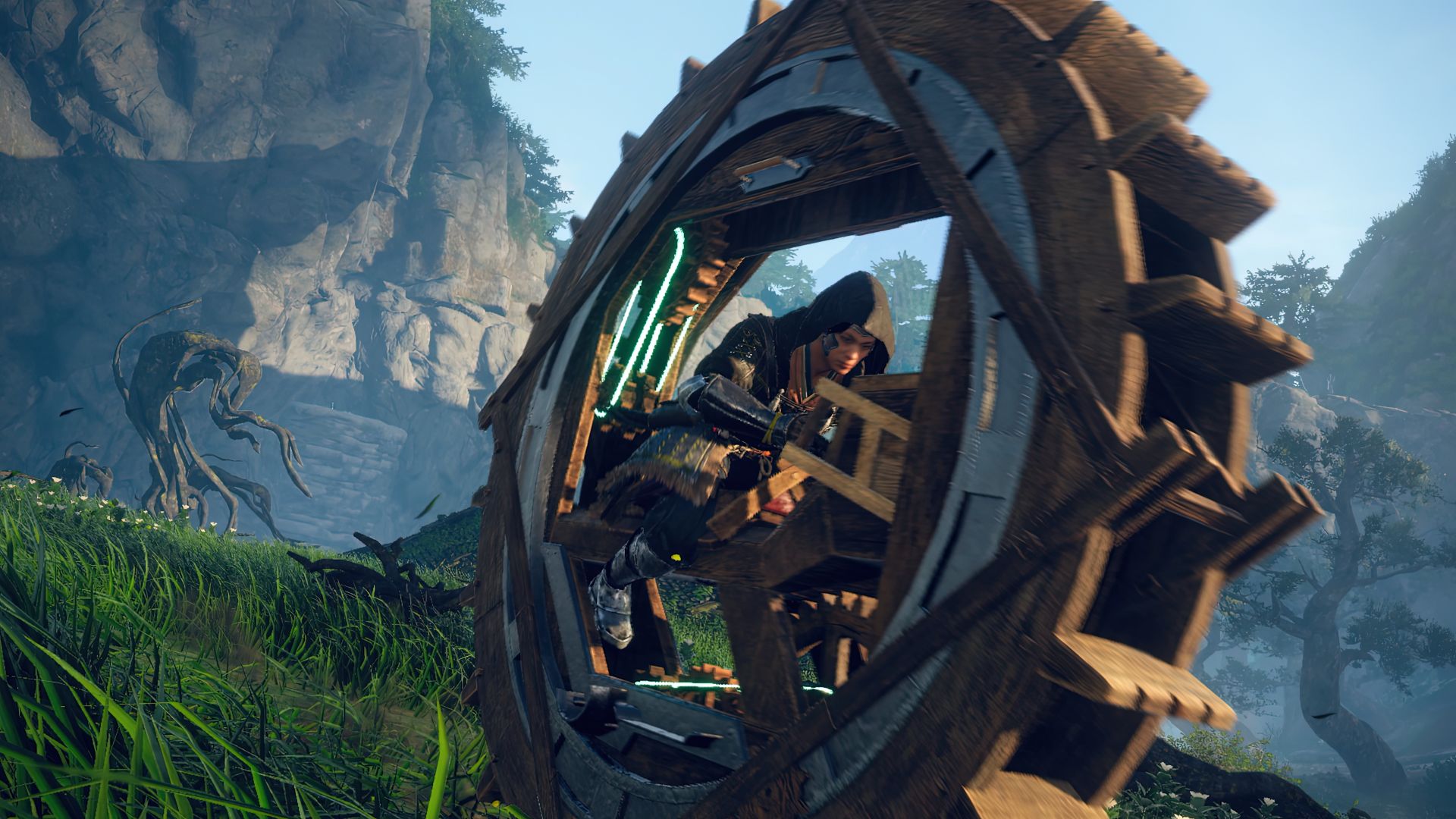
"One of the biggest ways WILD HEARTS differentiates itself from genre giants like Capcom’s Monster Hunter is its Karakuri system"
Dragon Karakuri are more permanent structures, like camps, tents, forges, and hunting towers. These allow you to build bases wherever you might like, and are a great way of customizing any hunting zone to your liking. These can range from regular base building, to even setting up a network of ziplines—called Flying Vines in WILD HEARTS —to help you zip through the map faster.
Use Karakuri Freely
While Karakuri might be quite extensive, it’s important to get comfortable using them. Even just constantly using the spring Karakuri on your way to a Kemono helps speed up the down time and get you back into the action quicker. And, of course, the fact that you can build bases and ziplines anywhere you might like is a great way of encouraging exploration and customization. When it comes to resources needed to build the Dragon Karakuri, WILD HEARTS encourages experimentation by letting you freely destroy unwanted structures and refund the resources. During the hunts, it’s important to experiment with different basic and fusion Karakuri, and learn what works best with your weapon of choice.
Make New Camps to Make Fast Traveling Across a Big Map Easier
An important part of using your Karakuri is also setting up new base camps. The various maps in WILD HEARTS have their own loose recommendations of spots that would make for decent camps—marked by a tree that can refill your healing items—but the freedom in putting down a tent or a forge anywhere you want is quite underrated. Since you’ll be interacting with Dragon Pits as you explore the maps anyway, it’s a good idea to use those resources, rather than ignoring them and letting them stagnate. And setting up new camps also allows you to fast travel between different areas of the same map.
Find Your Favorite Weapon
Speaking of which, in true monster hunting fashion, WILD HEARTS has eight different weapon types to choose from, all of which are incredibly different from one another. While experimenting and playing around with all of the different weapons is a great idea, it’s also quite important to learn at least one of the weapons and make it your main.
Each of the weapons offers different play styles, from the never-ending flurry of attacks that the Maul and Claw Blade encourage, to the more methodical approach to finding openings, like the Nodachi promotes. Defense-oriented players have options like the Bow and Hand Cannon, which let you maintain your distance, and the Bladed Wagasa—an umbrella with sharp edges that lets you dodge around, pull off aerial attacks, and is equipped with the ability to parry attacks. There are a lot of options in WILD HEARTS, and familiarizing yourself with a few core choices will end up with you having a much better time.
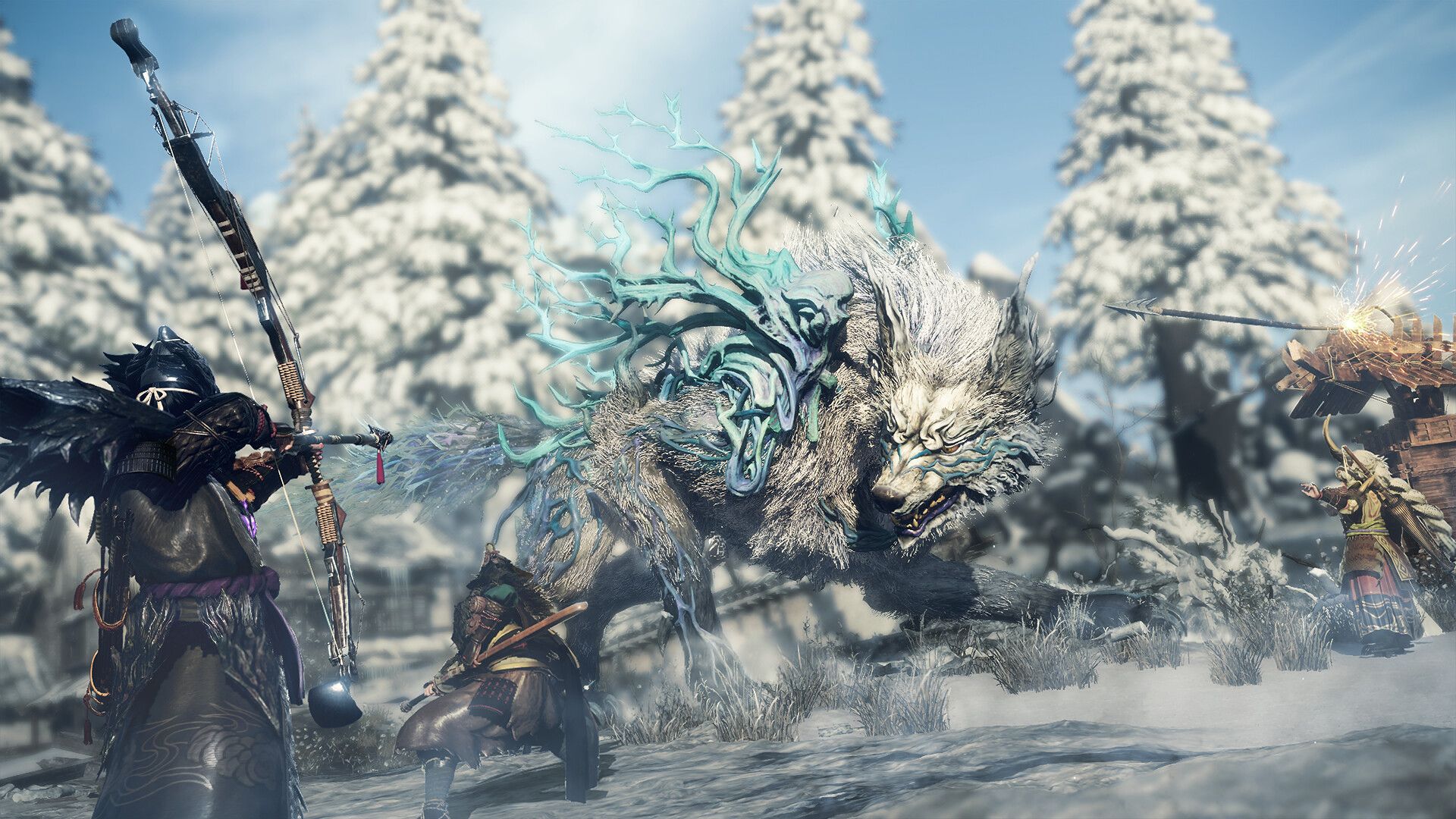
"WILD HEARTS has eight different weapon types to choose from, all of which are incredibly different from one another"
If you’re ever confused about how a weapon works, training dummies—Dragon Karakuri that can be built where you want—also give you access to small tutorials for every weapon that gives you a general idea of how they’re used, and how they work with different basic Karakuri. For the sake of context, it took me around 10 hunts before I started heavily favoring the Claw Blade as my main weapon of choice. And I’ll still keep switching weapons around for future hunts.
Don’t be Afraid of Failing Hunts
As is also the case with FromSoftware’s SoulsBorne games, failure in monster hunting games is meant to be a learning experience. As such, don’t be afraid of biting off more than you can chew when you’re thinking of what Kemono to hunt. Sure, you might fail, but on the bright side, you’ll likely have learned more than enough about the Kemono’s attack patterns to make future encounters with it easier. It might also end up being a wake up call to remind you that maybe your equipment is getting too outdated, and that you should probably work on a few optional side quests and upgrade your stuff.
Baths and Food are Awesome
Underneath the relentless action in WILD HEARTS lies a surprisingly in-depth buff system. At its most simple level, food gives you temporary buffs that last for a single hunt, while baths give you more permanent upgrades, like increased health. How these two systems work, however, can be surprisingly intricate.
Food can be freely gathered in the wild when you’re out and about on your Kemono hunts. Grabbing random vegetables, fishing, and hunting smaller Kemono for their meat is a great way to stock up, especially in the early game. You’ll want to start refining these foods as soon as you can, however, through structures like the drying rack. Doing so makes the buffs these foods give more potent. As a general rule, having multiple drying racks for the sake of getting more food refined quickly is a good idea, especially if you, like me, have the habit of picking up just about everything as you run through an area.
"Food can be freely gathered in the wild when you’re out and about on your Kemono hunts."
Baths, unlocked after an early story event, are quite easy to make use of. Essentially, you’ll start getting options for fancy baths, which require special materials to unlock. These materials, while tricky to find, are quite worth going out of your way to get, since baths will give you permanent health boosts.
Tsukumo Upgrades Add Up Over Time
Your little Karakuri buddy that travels with you, helping you hunt Kemono, becomes a surprisingly integral part of your hunting experience. Of course, when you start out, Tsukumo isn’t going to be doing much in the hunts. Explore the game’s various maps and find the hidden Tsukumo, however, and you can upgrade your Tsukumo in various ways. If you want your Tsukumo to focus on dealing some damage, you have that option. If, on the other hand, you’d rather have your Tsukumo provide timely healing or extra threads for your Karakuri, go for it. Just remember to actually upgrade your Tsukumo, which can be done by interacting with any campfire.
Learn to Use the Hunter Arm
An important part of hunting Kemono in WILD HEARTS is breaking various parts and causing wounds. Hunter Arm allows you to jump on these wounds—which are giant blue glowing patches on Kemono’s body—and suck out some thread to fuel your own Karakuri. While the extra thread alone is a great reason to be using Hunter Arm, there are also several armor skills that enhance it. An early game armor, for example, also heals you when you use the Hunter Arm. Another armor piece will give you an attack bonus. Sure, it’s easy to forget to use this ability, but Hunter Arm is surprisingly important and versatile, and the sooner you learn how to use it, the more interesting your hunts will be.
Learn the Human/Kemono Divide (in Gear)
While you’re going to be upgrading your weapons and armor quite frequently, especially in the early stages of the game, an interesting feature is the ability to make your armor lean more towards the Human side or the Kemono side. Aside from having passive bonuses associated with this option, there are also relatively-powerful armor skills that require you to fully commit to one side or another. That’s not to say that you can’t mix and match, however, since there are also passive stat bonuses to consider. Switching your armor either way also gives that piece of armor a boost in defense and elemental resistances.
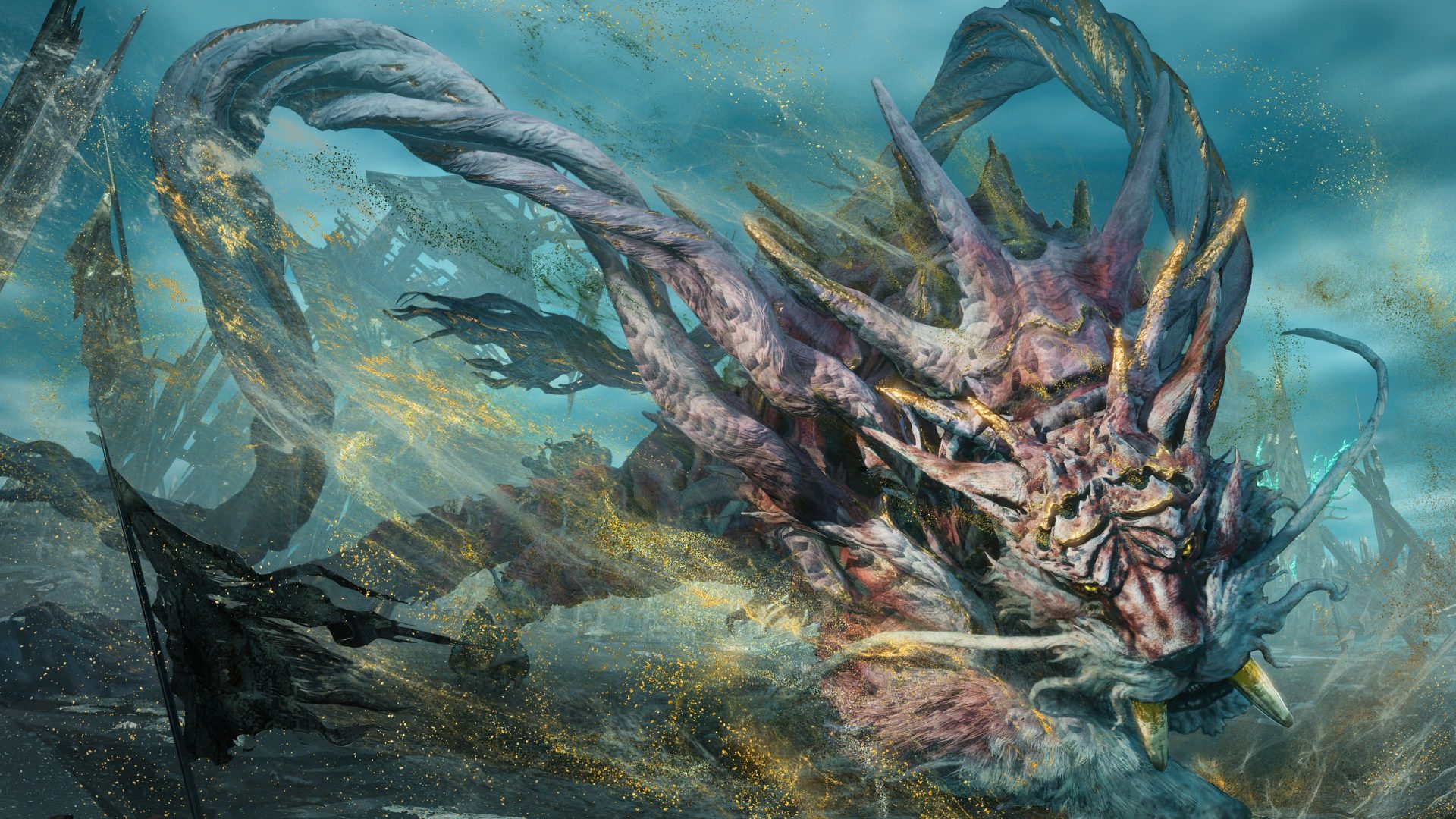
"An interesting feature is the ability to make your armor lean more towards the Human side or the Kemono side."
Don’t Forget to Upgrade Your Karakuri
WILD HEARTS has an entire tree where you can find upgrades for your different Karakuri, and take this from personal experience, it’s incredibly easy to forget this. Upgrading your Karakuri simply involves spending currency you get from doing hunts and going down a long tree. These upgrades range from ridiculously-simple—like unlocking a decorative lantern as a Dragon Karakuri—to incredibly important—like letting your Flying Vine hit Kemono and do damage, or upgrading your capacity of carrying healing items. Remember to upgrade!
Side Quests Are Pretty Useful
While they can be largely ignored, side quests in WILD HEARTS actually do quite a bit to not only fill in more of the various characters’ storylines, but also in giving you some materials so that you don’t have to go out there and grind out Ore, for example. Side quests are a great way to go on hunts that you have to repeat anyway, since you’re going to need a lot of materials for your next update. Side quests are also a good way to fight some Kemono earlier than the main story would have you encounter them, letting you get some notable upgrades relatively early.
Don’t Rush the Story
The WILD HEARTS story might be plenty of fun to play through, but it’s important to take a break and sell the roses every once in a while. Taking a break to take on some weaker Kemono for the sake of completing side quests is good practice, and will quite easily keep you up to date with your gear. Another great way to pass some time is just picking a map to explore, and ultimately build an entire speed-traveling infrastructure with camps and Flying Vines. And, of course, material gathering shouldn’t be ignored either. Even early game materials like Corestone end up being important for weapon upgrades down the line.
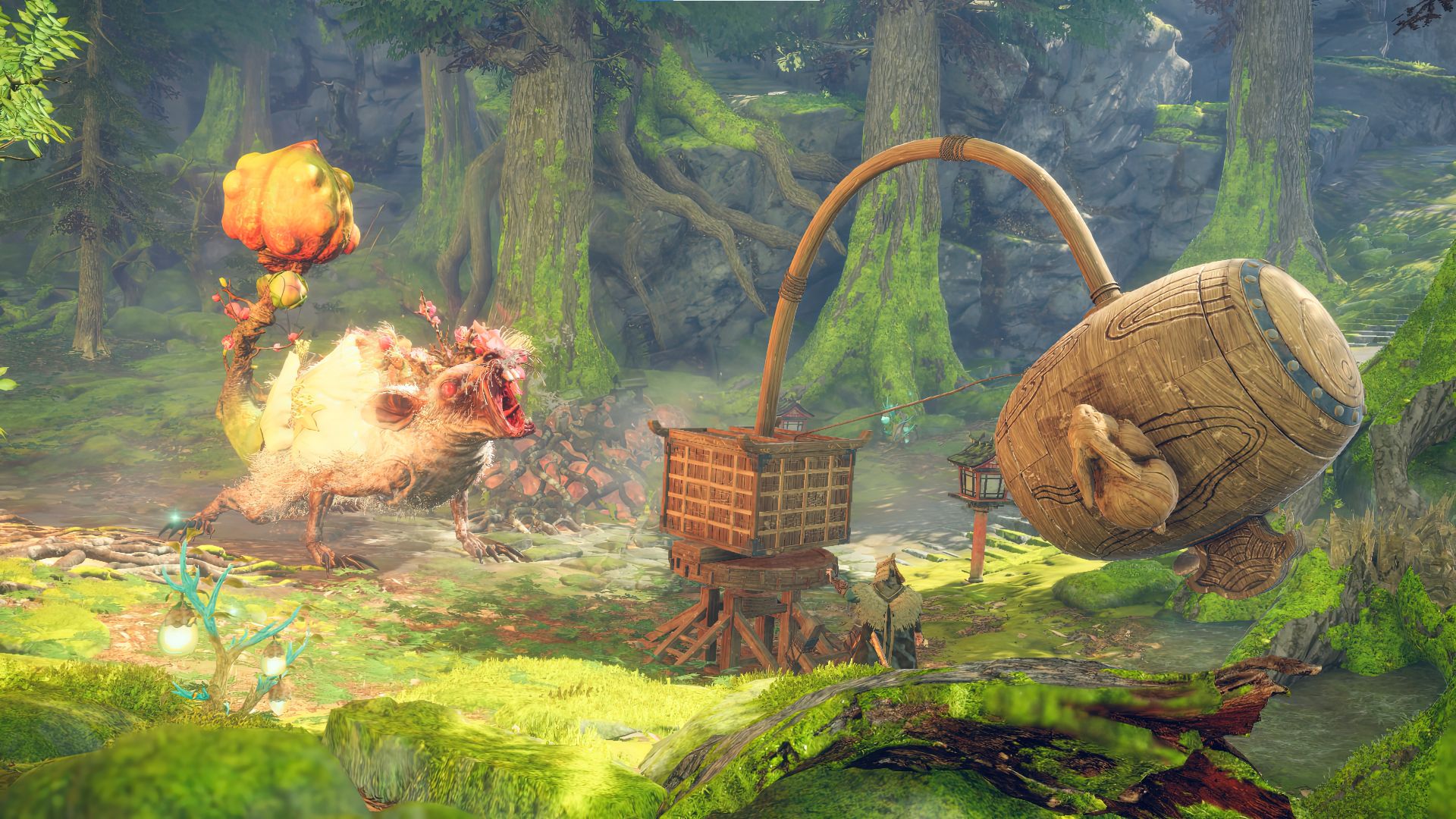
"Taking a break to take on some weaker Kemono for the sake of completing side quests is good practice"
The Fisherman Quests
Aside from the actual tutorial in WILD HEARTS, there is also a softer tutorial through a series of quests given by the Minato Fisherman that encourages you to do various simple things in exchange for useful rewards. These quests are quite simple, ranging from gathering a certain amount of timber, to hunting a certain number of Kemono. You can hold 5 at a time, and it’s always worth checking in with the fisherman to see if you can turn in completed quests and grab some new ones. These quests are often just completed in the course of regular play, so those material rewards are essentially just free items if you think about it.
Co-op Things to Keep in Mind
Much like any hunting game worth its salt, co-op is an important aspect of WILD HEARTS, and much like the game’s other aspects, a way for it to differentiate itself from its contemporaries. The number one thing to remember for co-op hunting is that, unlike in Monster Hunter, if a co-op partner falls in battle, they can be revived. Doing so before the timer counts down actually prevents the loss of the limited lives that every hunt has.
Co-op is also a fun way to build an entire infrastructure for the different maps in WILD HEARTS. It’s important to remember, however, that only the host’s game will continue to have all of the Karakuri built by players. They’d have to rebuild them in their own game to get access. It’s also important to note that only the host can destroy Karakuri, even if it was built by other players.
And finally, co-op is also a great way to try out some fun synergies between various weapons. Players can go for the classic tank-and-dps role by having one hunter use the Bladed Wagasa while the other uses the Hand Cannon. Or, use a Bow alongside a Claw Blade to keep pelting the Kemono with constant damage. There are a lot of options to choose from, and with the capability of co-op with up to 2 other hunters, the possibilities are endless.








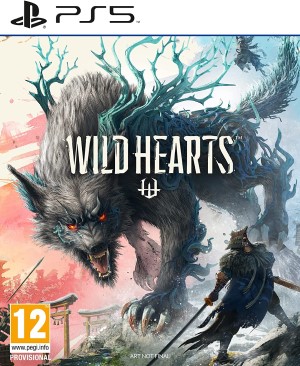




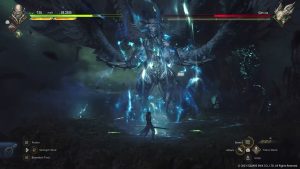


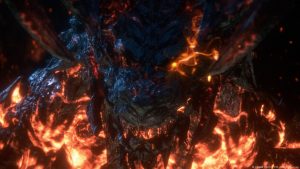
Share Your Thoughts Below (Always follow our comments policy!)